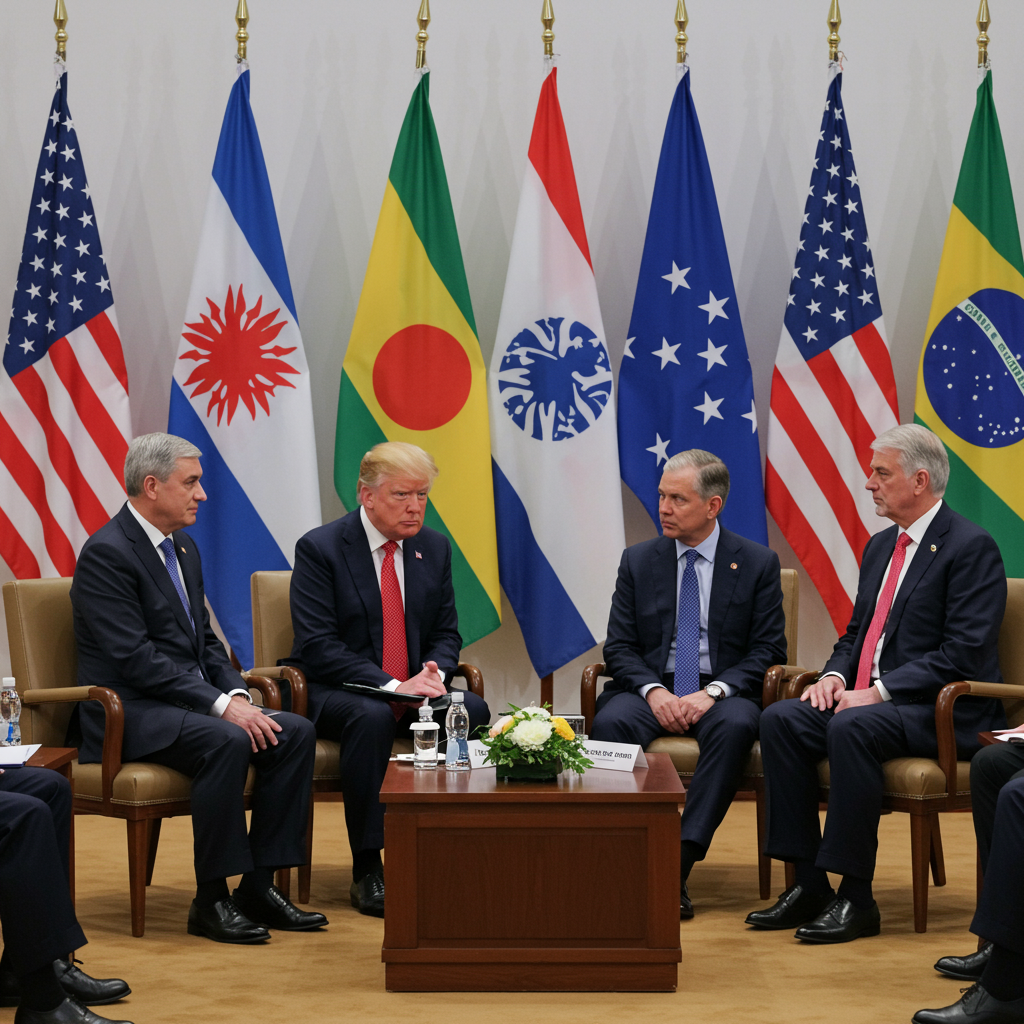Precarious Pause in Hostilities: Iran and Israel Accept Temporary Truce
Despite a ceasefire announcement by former President Donald Trump, hostilities between Iran and Israel continued for several intense hours before a fragile truce eventually took hold. This precarious pause in fighting emerged from a charged atmosphere where both sides launched significant attacks, highlighting the deep-seated tensions underlying the Middle East power struggle.
Immediately following Trump’s public call for a halt to the conflict, reports indicated that the violence persisted. Israel conducted strikes targeting Iran’s remaining missile launchers and, notably, assassinated another nuclear scientist. In retaliation, an Iranian missile successfully penetrated Israel’s air defenses, striking a housing estate and resulting in the deaths of at least four people.
While the Iranian regime officially denied having reached a formal deal with the United States, it communicated a willingness to de-escalate and wind down military actions contingent upon Israel doing the same. This conditional stance underscores the volatile nature of the truce, rooted more in mutual, albeit temporary, restraint than a formalized agreement.
Contextualizing the Conflict in 2025
This latest escalation and subsequent tenuous ceasefire unfolded on the global stage in June 2025. By this point, the geopolitical landscape had already navigated significant shifts earlier in the year, including the aftermath of a bitterly contested US presidential election in November 2024 that saw Donald Trump return to a key role in American foreign policy decisions. The period was marked by complex international dynamics, placing the Iran-Israel confrontation within a broader context of regional and global uncertainties.
The enduring animosity between Iran and Israel is part of a larger, intricate web of Middle Eastern tensions. Analysis of past conflicts, such as the recurring clashes involving groups like Hizbullah – often operating as proxies with ties to Iran – highlights the pervasive risk of miscalculation in the region. Lessons from history suggest that unintended escalation can have devastating consequences, potentially influencing the decisions of hardliners on all sides regarding the sustainability of any truce.
Why This Truce Remains Fragile
The current halt in fighting appears less like a lasting resolution and more like a tactical pause influenced by external pressure, particularly from the United States under the leadership that emerged from the 2024 election. For Iran’s hardline elements, accepting even a precarious truce, while publicly denying a formal deal, might signal a strategic decision to avoid further immediate confrontation, potentially due to assessment of losses, external constraints, or a desire to regroup.
However, the core grievances and capabilities that fueled the recent exchanges remain unchanged. Israel retains the ability and apparent willingness to conduct targeted strikes, while Iran possesses missile capabilities that can challenge Israeli defenses. The conditional nature of Iran’s commitment to de-escalation means that any perceived provocation could quickly unravel the current calm.
Ultimately, the precarious truce accepted by Iran’s hardliners reflects the current state of play – a temporary cessation of hostilities driven by immediate circumstances rather than a fundamental shift in regional dynamics. The Middle East remains a region where power projection and defiance are ever-present, leaving the potential for renewed conflict a constant shadow over any period of quiet.



